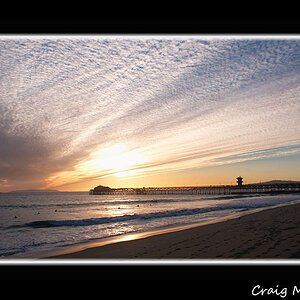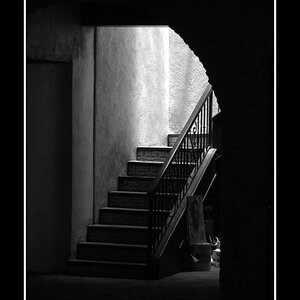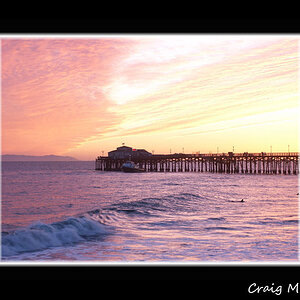Edward Crim
TPF Noob!
- Joined
- Apr 27, 2008
- Messages
- 37
- Reaction score
- 0
- Location
- St. Louis, Missouri
- Website
- www.edwardcrim.com
- Can others edit my Photos
- Photos NOT OK to edit
Here it is, folks, the complete scoop.
http://web.mac.com/edwardcrim/Edward_Crim/ColorMunki_Review.html
http://web.mac.com/edwardcrim/Edward_Crim/ColorMunki_Review.html









![[No title]](/data/xfmg/thumbnail/42/42460-80970c44cc9fb42dd0c86d08e7bc401d.jpg?1619740191)


![[No title]](/data/xfmg/thumbnail/37/37630-10bda987ab220dc60e7c1cb65502f83c.jpg?1619738155)
